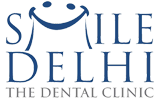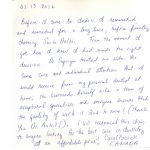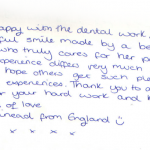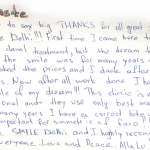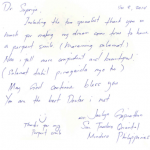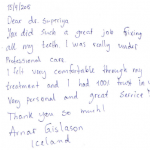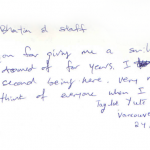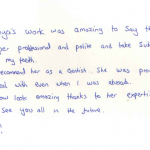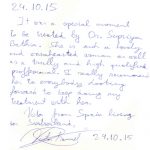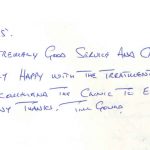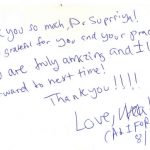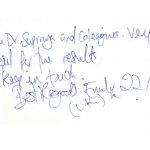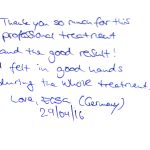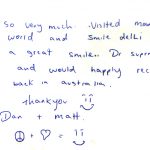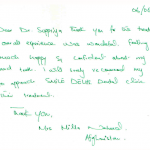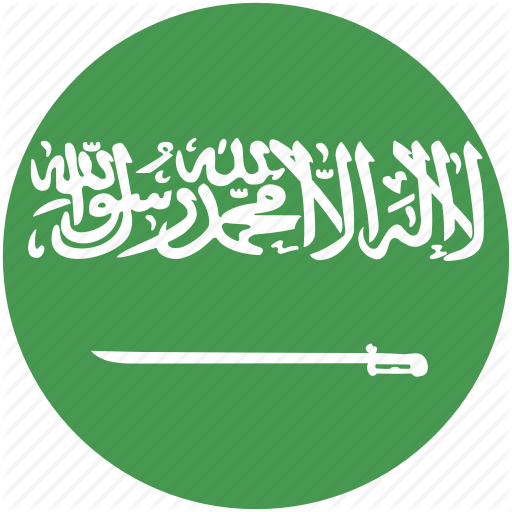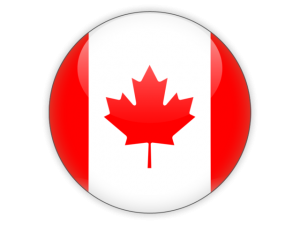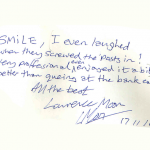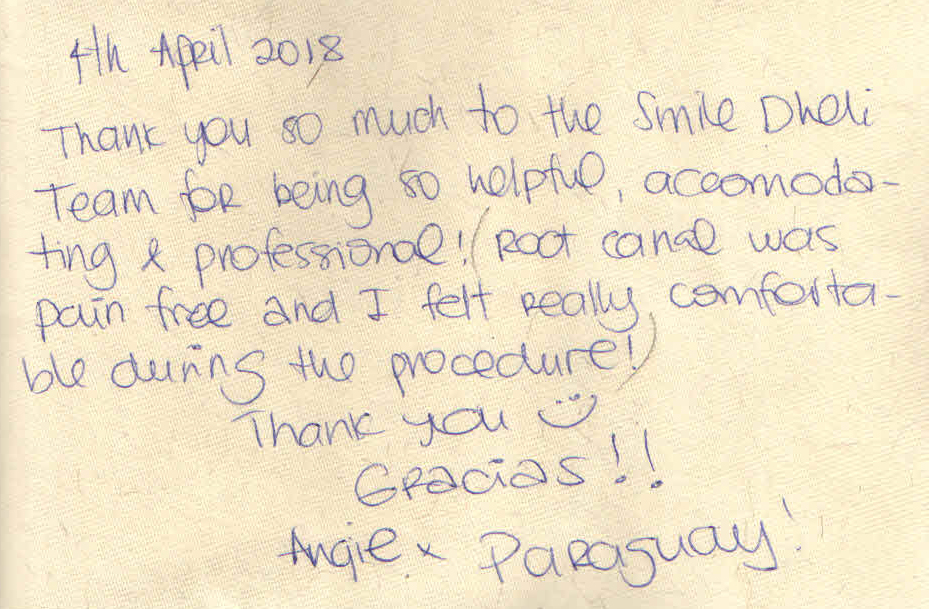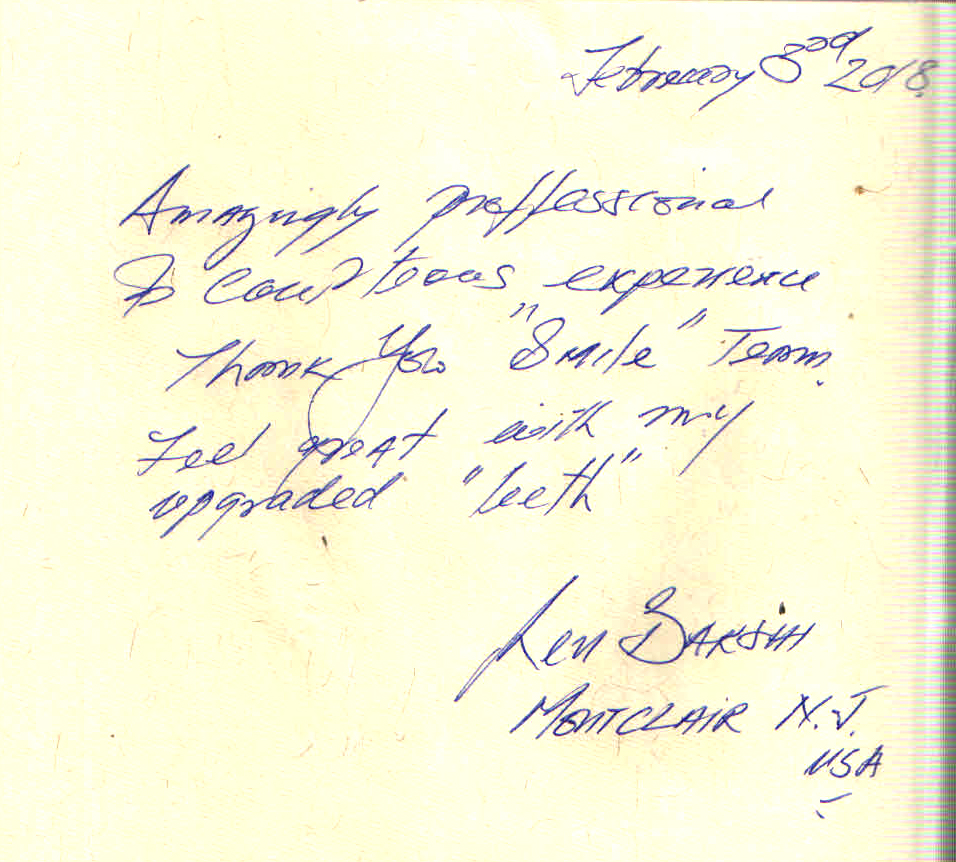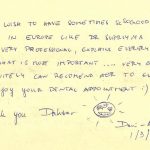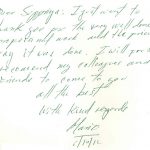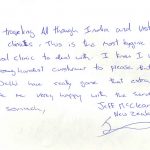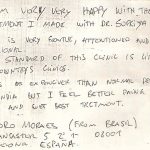Lasers in Dentistry
The term LASER is an acronym for ‘Light Amplification by the Stimulated Emission of Radiation’.
Today laser technology is influencing our life in many ways.
- Its advancements in the field of medicine and dentistry are playing a major role in patient care and well being.
- Lasers have been used in dentistry since 1994 to treat a number of dental problems.
- Laser was introduced in dental treatment primarily to overcome the problems due to conventional procedures. Thus they are being used more commonly by dentists in Delhi.
LASER THERAPY is nothing more than shining a high intensity light into the area of interest. The light is very intense monochromatic and coherent and is applied with a very specific dose in mind.
Types of Lasers
Lasers used in dental practice can be classified by various methods:
- According to the lasing medium used: gas laser and solid laser.
- According to tissue applicability: hard tissue and soft tissue lasers.
- According to the range of wavelength.
Lasers which are commonly used in Dentistry are:
1. Diode Laser:
The diode wavelengths are absorbed primarily by tissue pigment (melanin) and hemoglobin. The procedures where diode laser can be routinely used are: aesthetic gingival re-contouring, soft tissue crown lengthening, exposure of soft tissue impacted teeth, removal of inflamed and hypertrophic tissue, frenectomies, apthous and herpetic lesions.
2. Erbium Laser:
The erbium wavelengths have a high affinity for hydroxyapatite and the highest absorption of water in any dental laser wavelengths. Consequently, it is the laser of choice for treatment of dental hard tissues. In addition to hard tissue procedures, erbium lasers can also be used for soft tissue ablation, because the dental soft tissue also contains a high percentage of water.
Benefits of Lasers in Dentistry
- Effective in treating gum disease
In severe cases of Gingivitis ( Swelling in the gums) and Periodontitis ( Bleeding from the gums), dental surgery is sometimes needed. Traditionally, Scalpel or an Electrosurgery was used , but when a dental laser is the tool of choice, it not only decreases the swelling but also the reduction of bacteria and toxins hence quicken the healing time.
Periodontal treatments using laser therapy are usually completed in one or two visits. Recovery following treatment is approximately 24 hours, compared to 2-4 weeks for traditional surgery.
- Minimally invasive surgery device
Surgery is something you don’t want to hear next to the word “dental.” Dental surgery sounds both scary and painful. The good news is that dental clinics in India are now using a diode laser, with which the whole process is less invasive than traditional dental surgery.
- Allows you to heal faster
When you need any type of dental work done, the last thing you want is an uncomfortable procedure and a prolonged, painful recovery time.
One of the major benefits of using lasers in the practice of dentistry is that they cause less swelling and bleeding, which mean you heal.
- Safe for patients with pacemakers
Laser dentistry is particularly useful patients who have pacemakers and can’t undergo electrosurgery techniques due to the risk of electrical interference.
- Laser Dentistry During Pregnancy
Laser Dentistry treatments are completely safe during pregnancy. It does not use any tools or treatments that would cause harm to you or your baby. Medical professionals believe that pregnant women in good oral health, produce children that have better oral health.
Soft Tissue Application
1. Wound healing
At low doses, laser application stimulates proliferation which affects fibroblast maturation which in turn may contribute to the higher tensile strengths for healed wounds. Low-level laser treatment (LLLT) of gingival fibroblasts induces transformation in myofibroblasts (useful in wound contraction) as early as 24 hours after laser treatment.
2. Post herpetic neuralgia and apthous ulcer
It has been demonstrated that photostimulation of aphthous ulcers and recurrent herpetic lesions, with low levels of laser energy can provide pain relief, accelerate healing and decrease the frequency of recurrence. For this common problem, soft tissue laser is being used regularly in dental clinics in Delhi( Specially in the last few years).
3. Aesthetic gingival re-contouring and crown lengthening
With the advent of the diode laser, the cosmetic dentists in Delhi are choosing to include optimization of gingival aesthetics as part of the comprehensive orthodontic treatment, whereas, conventional gingivectomy which is done with scalpel is associated with pain, discomfort, and bleeding.
4. Exposure of unerupted and partially erupted teeth
An impacted or partially erupted tooth can be exposed for bonding by conservative tissue removal, allowing for reasonable positioning of a bracket or button . It has the advantage of no bleeding, and an attachment can be placed immediately, moreover, it is not painful at all.
5. Frenectomies
In case of high or prominent labial frenum when indicated, laser assisted frenectomy is a simple procedure that is best performed after the diastema is closed as much as possible. Frenectomies performed with a laser permit excision of the frenum painlessly, without bleeding, sutures, or surgical packing, and with no need for special postoperative care.
6. Gum Depigmentation
Gingival hyperpigmentation is a common esthetical concern in patients with gummy smile or excessive gingival display. Laser is recently the most effective and non- invasive treatment. It has the advantage of easy handling, short treatment time, hemostasis, decontamination, and minimal to no post- operative pain and discomfort.
Hard Tissue Application
1. Caries removal and Cavity preparation
Erbium laser is used for removing caries in the enamel and dentine by ablation (cutting) without the detrimental effect of rise in temperature on the pulp.
2. Treatment of dentinal hypersensitivity
Dentinal hypersensitivity is one of the most common complaints in clinical dental practice in India. Comparison of the desensitizing effects of an Erbium laser with those of a conventional desensitizing system on cervically exposed hypersensitive dentine shows that desensitizing of the hypersensitive dentine with an erbium laser is effective, and maintenance of a positive result is more prolonged than with other agents.
Laser safety
While most dental lasers are relatively simple to use, certain precautions should be taken to ensure their safe and effective operation.
First and foremost is protective eyewear by anyone in the vicinity of the laser, while it is in use. This includes the doctor, chair side assistants, patient, and any observers such as family or friends.
With regard to prevention of possible exposure to infectious pathogens, high volume suction should be used to evacuate any vapor plume created during tissue ablation, and normal infection protocols should be followed.
Conclusion
Laser in dentistry has proven to be beneficial in treating a wide range of dental conditions and as well as therapeutic tool in tissue management.
The ability to perform less invasive procedures with greater patient comfort is making it a choice of tool in most of the dental clinics in India.
Looking to the future, it is expected that specific laser technologies will become essential components of contemporary dental practice over the next decade.
Posted by- Dr Sonam
